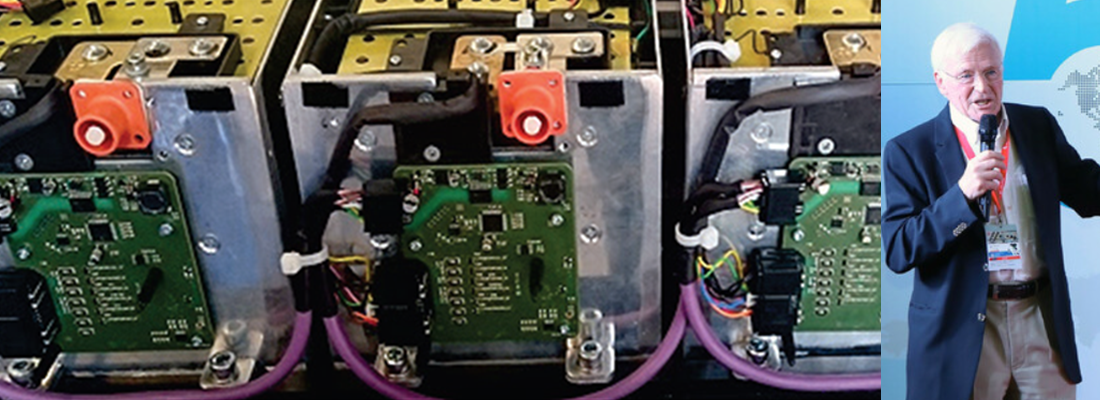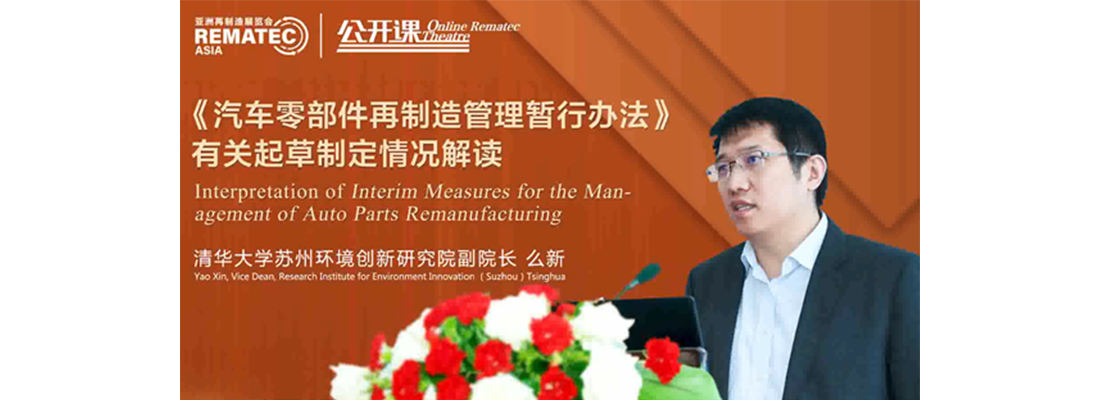Artificial Intelligence at the Service of Local Police
We have seen how Artificial Intelligence in the automotive field has vast applications. One of the latest involves assisting local police authorities in monitoring roads and traffic, enforcing traffic laws, and sanctioning undisciplined users. All of this is aimed at improving the safety of both drivers and pedestrians.
The example of Italy
Gianocar-Cerbero is a camera installed on the vehicles of the local police in Verona (a city in northern Italy). It provides officers with a permanent digital archive that, through its connection to Giano—the database that queries various vehicle-related databases—delivers a range of real-time information starting simply from the license plate of the car photographed by the sensor.
Using AI applications like Gianocar-Cerbero to manage traffic violations represents a significant leap in urban mobility and law enforcement. This type of system combines AI, IoT (Internet of Things), and smart city technologies to monitor, detect, and address traffic violations efficiently.
Cerbero watchful eye
Thanks to its advanced detection capabilities, the "Cerbero" system can identify and sanction vehicles double-parked, a long-standing issue in cities. It also targets unauthorized vehicles parked in spaces reserved for people with disabilities, trucks, or those dedicated exclusively to BEVs (Battery Electric Vehicles) for charging but occupied by ICVs (Internal Combustion Vehicles) or motorcycles. This functionality marks a significant step forward in managing urban traffic, as it ensures smoother traffic flow and enhances pedestrian safety, often compromised by illegally parked cars forcing them to cross in unsafe areas. Through real-time monitoring of vehicle insurance coverage, periodic technical inspection status, and stolen vehicles, this cutting-edge tool provides an efficient solution for ensuring compliance with current regulations and verifying that all vehicles on the road meet legal requirements. This helps to improve road safety and prevent dangerous situations caused by vehicles unfit for circulation. Fines, however, will not be automatic. A local police officer will always be on board the vehicle operating Gianocar, and only after verifying the violation will they proceed to sanction the vehicle found to be non-compliant. The goal is not to issue more fines but to ensure that citizens comply with regulations, benefiting all road users. This is a top-tier tool in its field, an extremely efficient system that, thanks to the use of artificial intelligence, will eventually be able to recognize other situations, such as drivers using their mobile phones while driving.
Gianocar-Cerbero’s applications
Let us take a closer look at the specific possibilities and numerous applications of this system.
Automated Traffic Monitoring
AI-powered cameras and sensors can monitor traffic in real time, identifying violations such as speeding, running red lights, illegal parking, or reckless driving.
Systems like license plate recognition (LPR) ensure accurate identification of offenders.
Violation Detection
Machine learning algorithms trained on traffic rules can detect anomalies and classify violations.
Integration with radar and lidar systems for precise speed and distance measurements.
Instant Sanctions
Automated generation of e-challans (electronic tickets) for detected violations.
Immediate notifications sent to violators via text or email, linked to their vehicle registration.
Integration with Law Enforcement
Real-time alerts for severe violations or suspected criminal activities (e.g., stolen vehicles, unauthorized cars in restricted areas).
Direct communication with patrol units for intervention.
Dynamic Traffic Management
Using AI to adjust traffic signals and reroute vehicles to mitigate congestion caused by accidents or violations.
Predictive analytics to prevent potential bottlenecks based on historical data and real-time inputs.
Transparency and Dispute Resolution
Clear video and data evidence for every recorded violation, accessible via a user portal.
An AI-driven review system to resolve disputes fairly and quickly.
Public Awareness and Education
Real-time feedback for drivers about their compliance with traffic rules.
Incentives for good driving behaviour (e.g., reduced insurance premiums or rewards).
Benefits
Efficiency: Reduces reliance on manual enforcement, ensuring 24/7 monitoring and response.
Fairness: AI eliminates biases, treating all violators uniformly.
Safety: Proactive detection and intervention for dangerous driving behaviour.
Cost Savings: Minimizes human labour costs and reduces operational inefficiencies.
Data-Driven Insights: Enables city planners to make informed decisions about infrastructure upgrades and policy changes.
Challenges and Considerations
Privacy Concerns
Must ensure robust data protection measures to prevent misuse.
Transparency in how data is collected, stored, and utilized.
Accuracy
Continuous training and updating of AI systems to avoid false positives or negatives.
Public Acceptance
Clear communication about the system’s purpose, benefits, and safeguards to gain public trust.
Integration
Seamless integration with existing urban infrastructure and law enforcement systems.
Legal Framework
Compliance with traffic laws and regulations in the jurisdiction.
Processes for appeals and disputes to uphold citizen rights.





